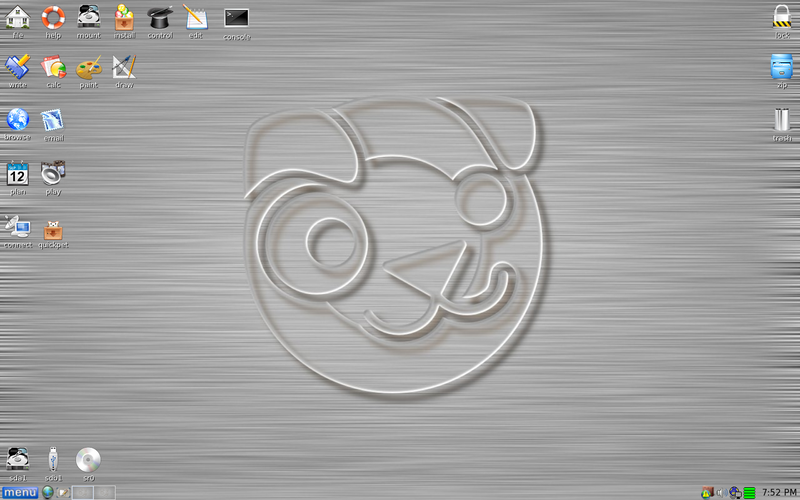NB:
This is but one topic I have to look afterGoin in circles now and am getting dizzy.

Need help with your computer or device? Want to learn new tech skills? You're in the right place!
Geeks to Go is a friendly community of tech experts who can solve any problem you have. Just create a free account and post your question. Our volunteers will reply quickly and guide you through the steps. Don't let tech troubles stop you. Join Geeks to Go now and get the support you need!


Edited by flat-erica, 26 February 2014 - 07:27 PM.

Edited by flat-erica, 26 February 2014 - 07:59 PM.










Edited by flat-erica, 01 March 2014 - 09:25 PM.

Note: Depending on how your computer is setup, the Command Prompt, when used from outside of Windows, doesn't always assign drive letters in the same way that you see them from inside Windows. In other words, Windows might be at C:\Windows when you're using it, but D:\Windows from the Command Prompt in System Recovery Options.

You have one partition on the HDD and so XP is on C: as in run replace d: with c:
Edited by flat-erica, 02 March 2014 - 07:01 AM.

0 members, 0 guests, 0 anonymous users







Community Forum Software by IP.Board
Licensed to: Geeks to Go, Inc.